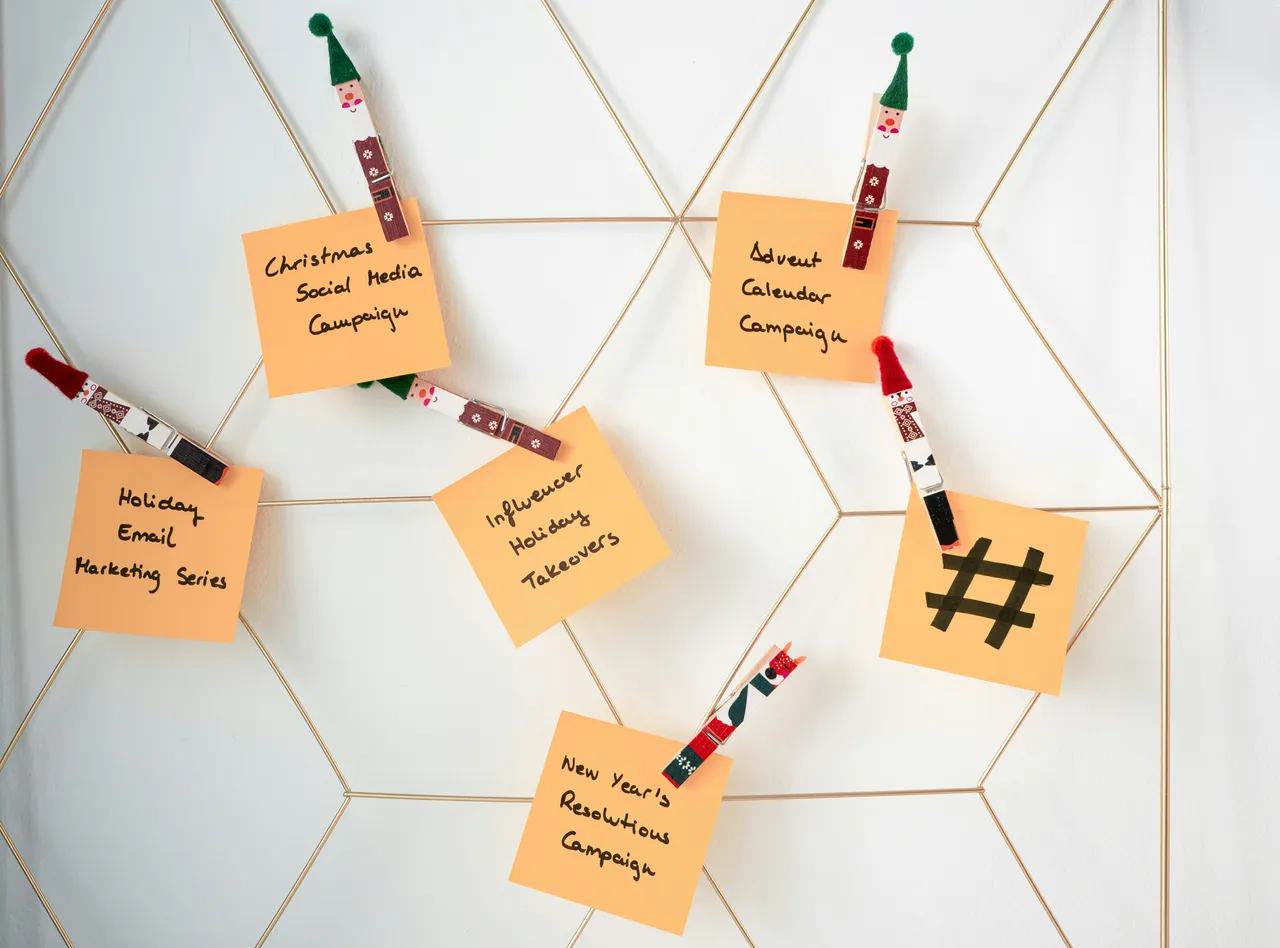Innovative Strategies for Segmenting Your Email List for Targeted Campaigns
In the realm of email marketing, segmenting your email list is akin to sharpening your arrows before letting them fly. It's about ensuring that each message strikes true, enhancing engagement and conversions. In this guide, we'll explore innovative strategies to segment your email list for targeted campaigns that resonate with every recipient.
Understand Your Audience
Before diving into segmentation, it's crucial to understand who your audience is. Gather data through signup forms, customer feedback, and interaction history. Look for patterns in demographics, purchase history, and engagement levels. This foundational step ensures that your segmentation strategies are built on solid ground.
Segmentation goes beyond basic demographics. Consider psychographics such as values, interests, and lifestyle. This deeper understanding allows for more nuanced segments, making your emails feel personally crafted for each recipient. Tools and surveys can be invaluable in gathering this richer data.
Behavioral Segmentation
Behavioral segmentation focuses on how subscribers interact with your emails and website. Track metrics like open rates, click-through rates, and purchase history to create segments based on engagement levels. This approach allows you to tailor content to active users differently than to those who may need a nudge to re-engage.
Consider creating special campaigns for first-time buyers or rewarding your most loyal customers with exclusive offers. Behavioral data can also help identify at-risk segments, enabling you to intervene with re-engagement campaigns before it's too late.
Lifecycle Stages
Recognizing where a subscriber is in their relationship with your brand can significantly enhance your email marketing. From new subscribers to loyal advocates, each stage of the customer lifecycle offers unique opportunities for engagement. Welcome sequences can introduce new users to your brand, while satisfaction surveys can gauge sentiment among long-term subscribers.
Tailoring your messages to each lifecycle stage fosters a sense of belonging and appreciation among your subscribers. It's about sending the right message at the right time, ensuring your brand remains relevant and engaging at every step of the customer journey.
Geographic Segmentation
Geographic segmentation allows you to customize your emails based on where your subscribers live. This can be particularly useful for local events, weather-related promotions, or regional product launches. Language preferences and cultural nuances can also play a significant role in how your message is received, making geographic segmentation a powerful tool for global brands.
Localized content not only increases relevance but also strengthens the connection between your brand and its subscribers. Whether it's a holiday greeting tailored to a specific country or a promotion for a local store, geographic segmentation ensures your emails resonate on a personal level.
Advanced Segmentation Techniques
With advancements in AI and machine learning, email marketers now have access to even more sophisticated segmentation techniques. Predictive analytics can forecast future behaviors based on past actions, allowing for incredibly targeted campaigns. Meanwhile, dynamic content adjusts in real-time based on the recipient's interactions, ensuring each email is as relevant as possible.
Leveraging these advanced techniques can dramatically increase the effectiveness of your email marketing, creating highly personalized experiences that drive engagement and loyalty. The key is to continuously test and refine your approach, always aiming for deeper personalization and stronger connections with your audience.
Segmenting your email list is both an art and a science. By understanding your audience, utilizing behavioral data, acknowledging lifecycle stages, and embracing geographic and advanced segmentation techniques, you can craft targeted campaigns that resonate deeply with each segment. The result is a more engaged audience, higher conversion rates, and a stronger bond between your brand and its subscribers.
This article was developed using available sources and analyses through an automated process. We strive to provide accurate information, but it might contain mistakes. If you have any feedback, we'll gladly take it into account! Learn more
